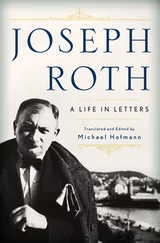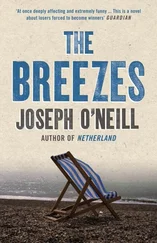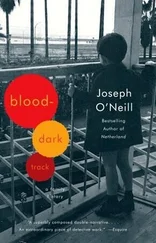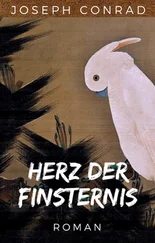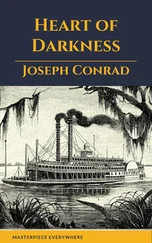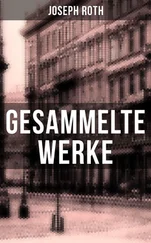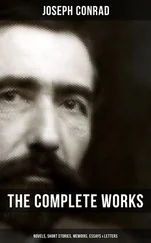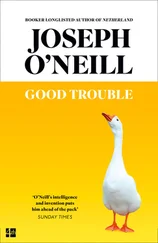Which may be why it calls almost for a naturalist’s attentiveness: the ability to locate, in a mostly static herd of white-clothed men, the significant action. It’s a question of looking. One contradiction of the sport is that its doings simultaneously concern a vast round acreage and a batsman’s tiny field of action. Baseball also demands a dilation and contraction of focus, but the task is made simpler by the diamond, which acts as a perceptual funnel, and the single batter, whose position enables us to readily imagine the tiny box of the strike zone. The uninitiated onlooker at a cricket game is by contrast puzzled by the alternation of two batsmen and two bowlers and two sets of stumps — a dual duel — and the strange activity that occurs after every six balls, when the fielders stroll, for chaotic seconds, into positions that imperfectly mirror the positions just abandoned. It can take a while before the puzzle is sufficiently solved, particularly for the American viewer. I can’t count the number of times I, in New York, fruitlessly tried to explain to a baffled passerby the basics of the game taking place in front of him, a failure of explanation and comprehension that soon irritated me and led me to give up.
After an hour or so, Tony reclaimed the mower. Chuck got a couple of Cokes from the cooler in the equipment container and we sat down on the grass. It was on this first afternoon at Bald Eagle Field, with Tony transformed by distance into a species of half man, half mower, and my skin reddening in the heat and wind, that Chuck told me that he was from the village of Las Lomas #2, which is in the countryside of Trinidad not far from the international airport, and — here was the point of his recollection — grew up in a shack next to the village’s recreation ground. That ground was a scruffy, dusty, typical affair. On two sides were domestic gardens, with chickens and roosters and chained dogs and latrines, and bordering the remainder were cashew fields and cassava gardens. On all sides there were trees: coconut trees, a devil’s ear tree, a tamarind tree.
Chuck interposed, “They said the branch of the tamarind is the cure for human stupidity. Why? Because your schoolteacher whacked you with it.”
I took a swig of Coke. “So that’s where I went wrong,” I said.
When Chuck was still a kid, Las Lomas Cricket Club decided to plow up the old recreation ground and build a real cricket field. He recalled that it took four years of plowing and digging and rolling and hauling and seeding to get the field truly flat and grassed; and after that came the struggle to drain and maintain it, with limited success: the wicket, made of black earth, was very slow, and balls pitching on it were given to popping up. Trinidad is a jungle island, he reminded me. The rains are heavy and things grow almost unstoppably. Grazing animals — donkeys, cattle — have to be kept off the grass. It took work and money to fight these forces, and some of the villagers resented it. “That’s Trinidad for you,” Chuck declared darkly. “It’s just full of people against this, against that. Negativity is a national disease. I’ll tell you something true: they never call a glass half full. Really! They always call it half empty.”
Chuck’s father, I learned, was dead against the cricket club — so opposed to it that he wouldn’t let his two young sons set foot on the field; and so Chuck never truly played the game. Chuck remembered himself and his brother pressed against the fence at the back of his house, watching the groundsman scything the outfield on Saturday mornings, and the butterflies and ground birds going about in the cuttings, and bright creases being painted onto the black wicket, and the stumps going into the soil of the wicket, and the players taking the field, and the radiance of the players on the field, and his father dragging the two boys away from the fence and putting cutlasses in their hands and sending them off to work in the cane field — the same cane field, Chuck told me, in the shed of which he listened to the BBC for the first time: the ball-by-ball commentary on the West Indies’ tour of India. When the West Indians went to Australia under the great Frank Worrell, in 1960–61, Chuck took to sneaking out of the house in the middle of the night to join his next-door neighbor in listening to the Test match broadcasts. The eleven-year-old boy and the ancient man sat next to each other in the near-darkness, drinking coffee as the voices of the commentators, traveling in waves over the Pacific Ocean, strengthened and weakened out of a red Philips radio. You got your sense of the wider world in this way. You heard about Sydney and Calcutta and Birmingham. It was from cricket commentators like John Arlott, Chuck Ramkissoon told me, that he learned to mimic and finally perfect “grammatical English,” learned words like “injudicious” and “gorgeous” and “circumspect”: and he’d always whisper a running commentary to himself, he said, whenever he was able to escape from his father and watch a cricket game.
The discussion (or, rather, Chuck’s disquisition) ended with the subject of grass: the pure ryegrass that grew in the outfield and the special blend — seven parts chewings fescue to three parts bent-grass — that grew on the square. He told me about thatch and aeration and watering. He told me about the pH of the loam, about how you could feel the ground binding under the rollers, about rolling the outfield in the dryness of spring, and about the layer of gritty earth underneath the square’s surface layer. He told me about the soil samples he’d sent to a pair of turf experts at SUNY and the advice they’d given him. He drew my attention to the dangers of soil compaction and earthworms and dollar spot, to the necessity of brushing the dew from the square to prevent the rise of fungi, to the very faint lipstick stain a cricket ball leaves on a track that has been perfectly prepared. Considered, too, was the depth and density of grass roots and the crucial disproportionality of a blade of millimeters-high wicket grass traveling six inches underground, and of course we talked of the constant battle to defeat moss and bluegrass and clover and the other weeds. Grassy ground is a devil to control and left alone will grow motley and wild.
Once a weekend, then, Chuck became my driving mentor, as he put it — thereby casting me as poor Telemachus — and in return I became his assistant groundskeeper, because our motorized promenades invariably ended with cutting or rolling or watering his cricket field. He and I came to pass many hours together in that car, far more than were necessary to warm me up for a driving test. What respite it was, after the working week, to catch the Q train at Union Square and to alight miles from Manhattan at Cortelyou Road Station, with its pavilion suspended over always-gleaming tracks, and to stroll along Cortelyou Road into the pooled green shadows of Rugby Road. From the corner, it was thirty steps to the Ramkissoon place. The Cadillac would be waiting in the drive, and Chuck himself as often as not would be parked on the porch, making calls. Then off we went on our little odyssey. As I chauffeured him around the neighborhood, crouching conscientiously to a halt at every junction, I became familiar with the topical sights: the chiming, ceaselessly peregrinating ice-cream truck, driven by a Turk; the Muslim funeral home on Albemarle Road out of which watchful African American men spilled in sunglasses and black suits; the Hispanic gardeners working on the malls; the firehouse on Cortelyou that slowly gorged on reversing fire trucks; the devout Jewish boulevardiers on Ocean Parkway; the sticks of light that collected in the trees as though part of the general increase. Lush Flatbush…
The first time I traveled there on my own, I became lost. Panicking, I’d gotten off the train a couple of stops too soon. Instead of the suburban sights I was expecting, I was faced with a roaring street and scenes from the African wild: the wall surrounding the subway station hosted a tattered painting of Kilimanjaro, snowcapped and circled by clouds. In the foreground were enormous leaves and bushes and fronds, and in the middle distance — the perspectives had been mishandled, so that distance clumsily equated to size — one made out a rhinoceros accompanied by her calf. A wild ass ran across the plain. A lion, its face ravaged by holes in the plaster, stood on top of a pile of boulders. On the right-hand side of the station gates was a still larger mural in which a flowery and green rain forest was prominent. I saw a snarling leopard; a vulture; a monkey dangling from a tree by its tail; some tiny, presumably far-off, scampering giraffes; a herd of wildebeest under pale skies; a study of a hummingbird inserting its beak into a flower. A tusked elephant was headed for Prospect Park. A flock of flamingos flew south to Flatbush.
Читать дальше
Конец ознакомительного отрывка
Купить книгу

